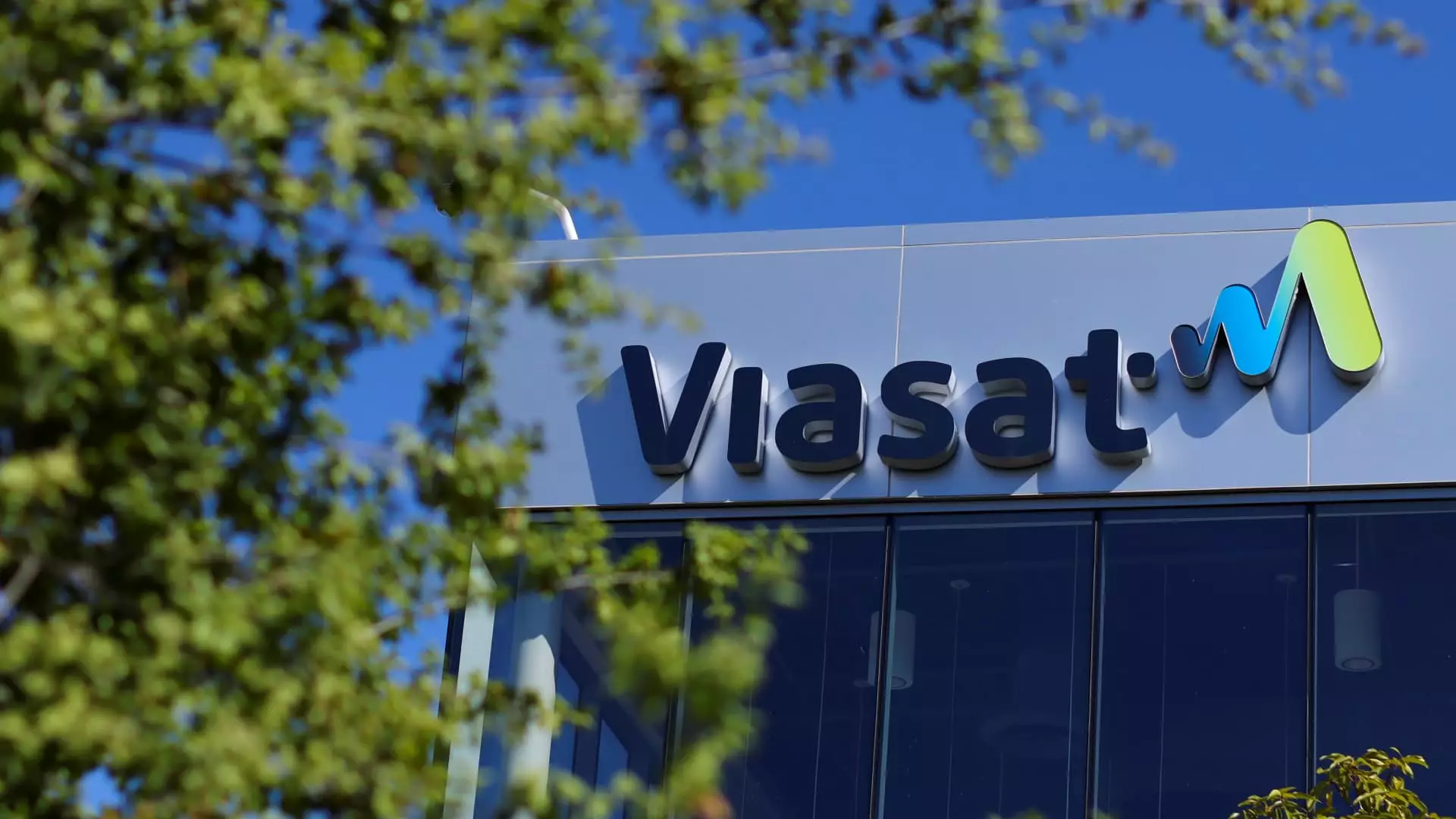Viasat, a prominent player in the satellite communications sector, made headlines this week as its stock price surged more than 13% following an analyst upgrade from Deutsche Bank. The endorsement came from analyst Edison Yu, who characterized the stock as a ‘buy,’ a significant shift from his previous ‘hold’ position. This kind of volatility in stock prices demonstrates how much influence analysts can wield over market sentiments; however, it raises questions about the reliability of such assessments. Are these upgrades based on solid fundamentals, or do they simply reflect the transient whims of market speculation?
Yu projected that Viasat has numerous opportunities to increase shareholder value, primarily by strategically deleveraging its balance sheet. He indicated that asset monetization could be a viable route, suggesting that the company might take one to one-and-a-half years to realize the full benefits of these strategies. The gap between potential and realization can often lead investors to overlook the inherent risks involved. While Yu’s optimism is welcome, it’s crucial not to ignore the pressures Viasat faces, particularly from its fierce competitor, Starlink.
Starlink: The Goliath in the Sky
The growing presence of Starlink, operated by Elon Musk’s SpaceX, continues to loom large over Viasat’s prospects. With Starlink actively expanding its foothold in various international markets, including recent partnerships with major Indian telecommunication firms like Jio and Bharti Airtel, the competitive landscape is becoming increasingly treacherous for Viasat. Despite Yu’s positivity, it’s hard to shake the feeling that Viasat is more of a David facing an overwhelming Goliath. Starlink’s financial backing and brand recognition create an almost insurmountable challenge.
In the light of Starlink’s rapid growth, concerns linger regarding Viasat’s core communication services and their market share erosion. The question arises: will Viasat’s upswing truly be sustainable, or is it merely a blip fueled by speculative excitement? The dynamics of the satellite internet market are shifting, and Viasat needs more than just a timely analyst upgrade to fortify its standing.
Past Performance and Future Outlook
Despite these challenges, Viasat has seen a remarkable year—its stock has climbed by approximately 30% year-to-date, outpacing the S&P 500’s decline. Such performance might seem exhilarating, but is it indicative of long-term resilience or simply a temporary rally? Investors must tread cautiously, weighing the implications of immediate gains against the backdrop of a rapidly evolving industry landscape.
The volatile nature of tech stocks amplifies the risks involved in investing in companies such as Viasat, which must constantly innovate to keep pace with its rivals. While short-term gains are enticing, a more holistic view is essential. Stock prices are not everything; understanding the underlying business viability is crucial for long-term investment success.
Viasat’s situation is emblematic of a larger issue in tech investment today: the interplay between rapid growth potential and intense competition. As hedge funds and analysts throw their weight behind Viasat now, the market observer must ask: can this momentum lead to lasting value, or are we witnessing a fleeting moment in an unpredictable sector? Investors need to adopt a critical eye, evaluating the substance behind the hype.

